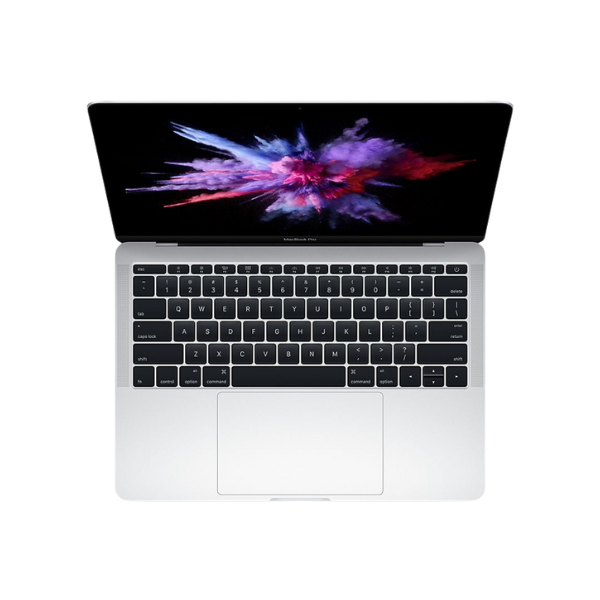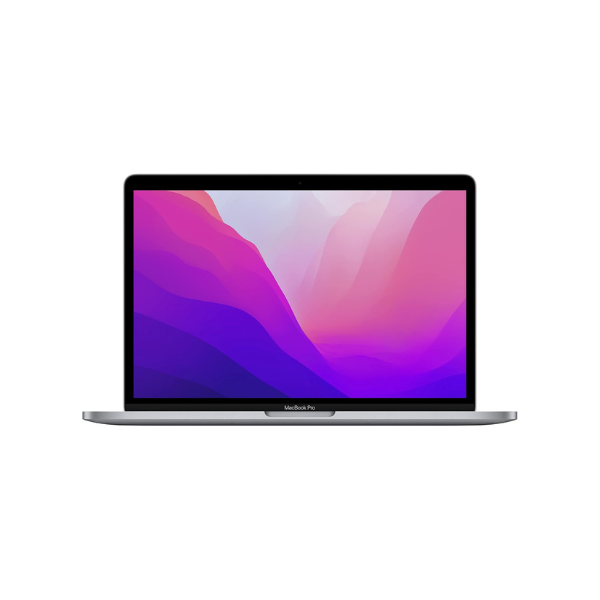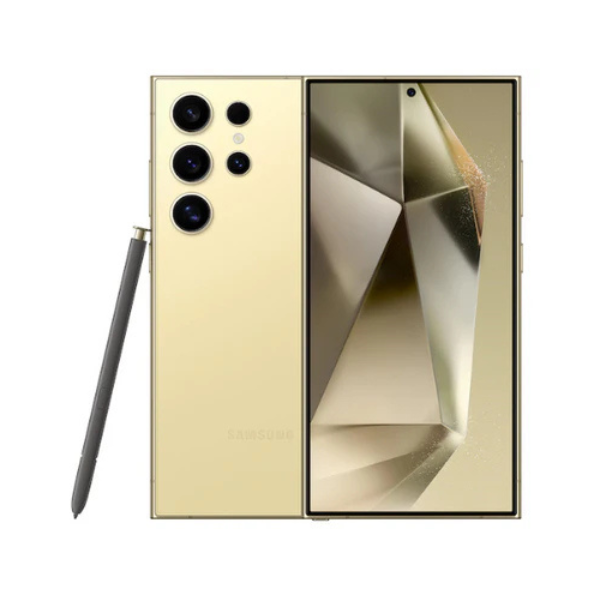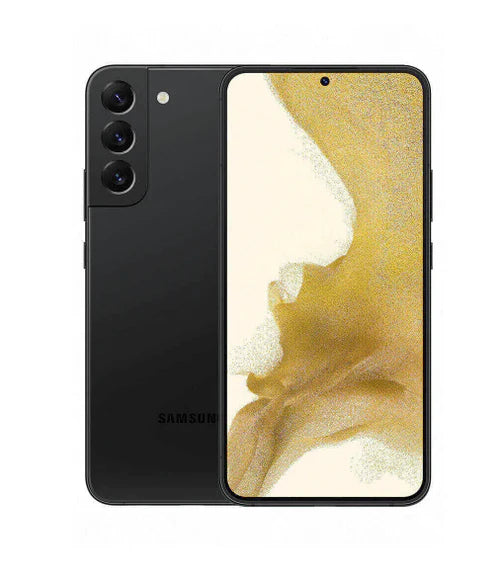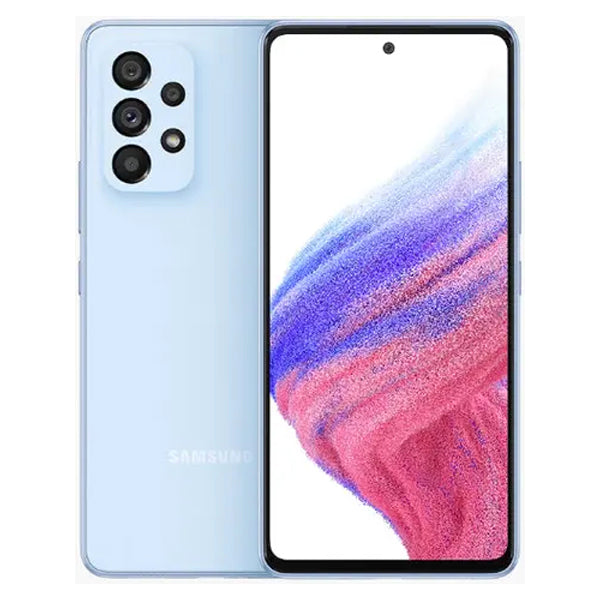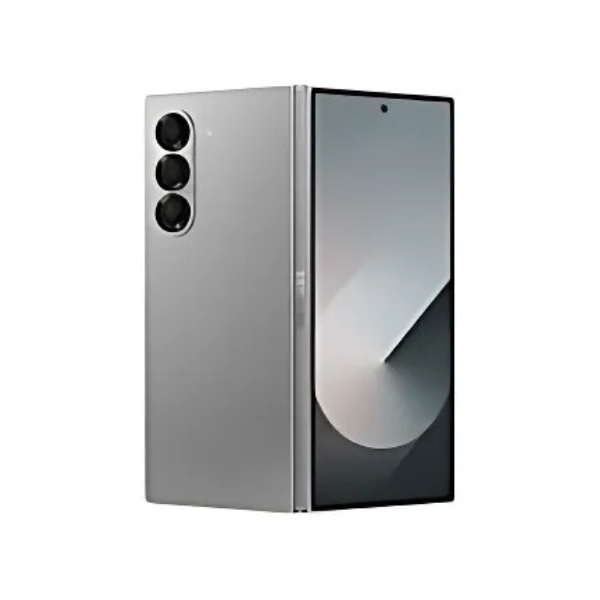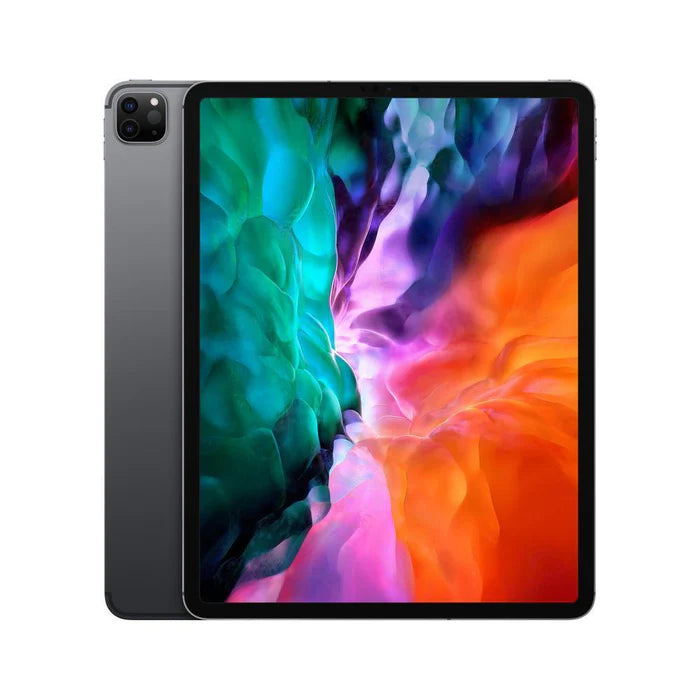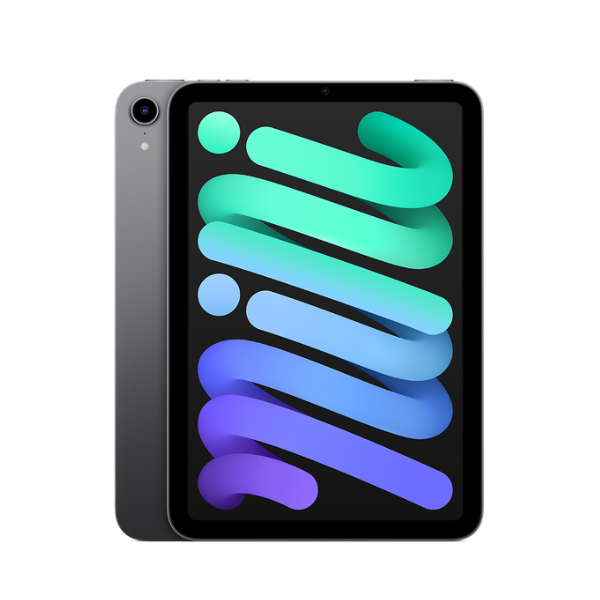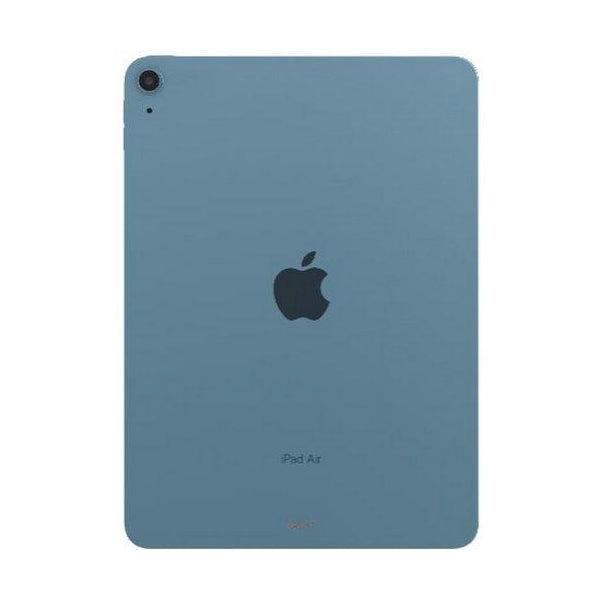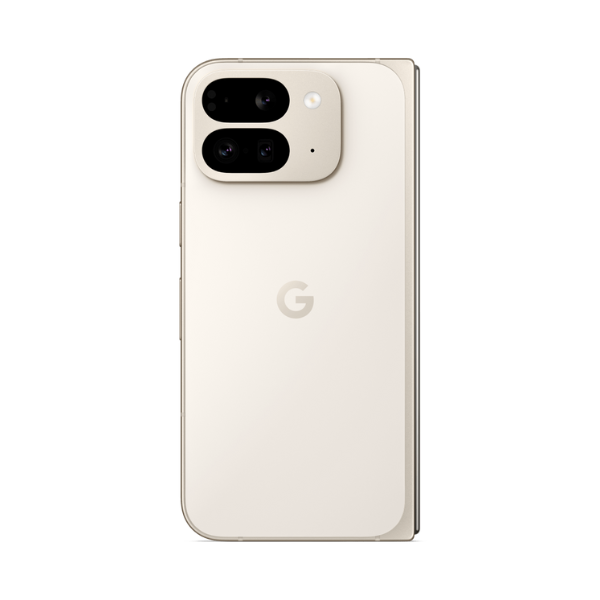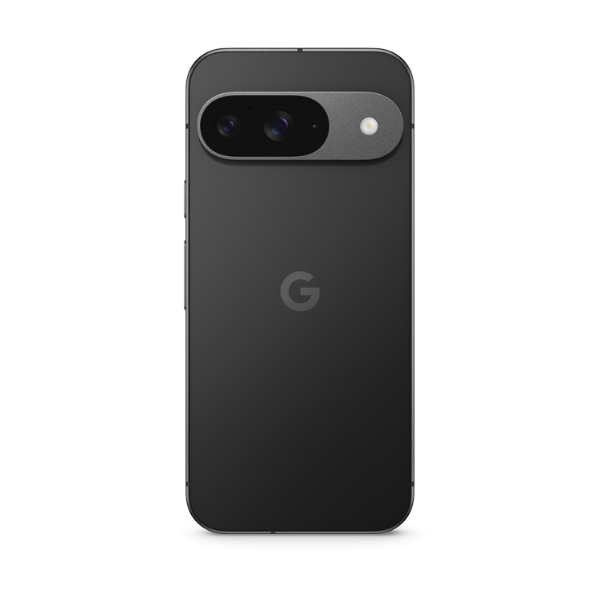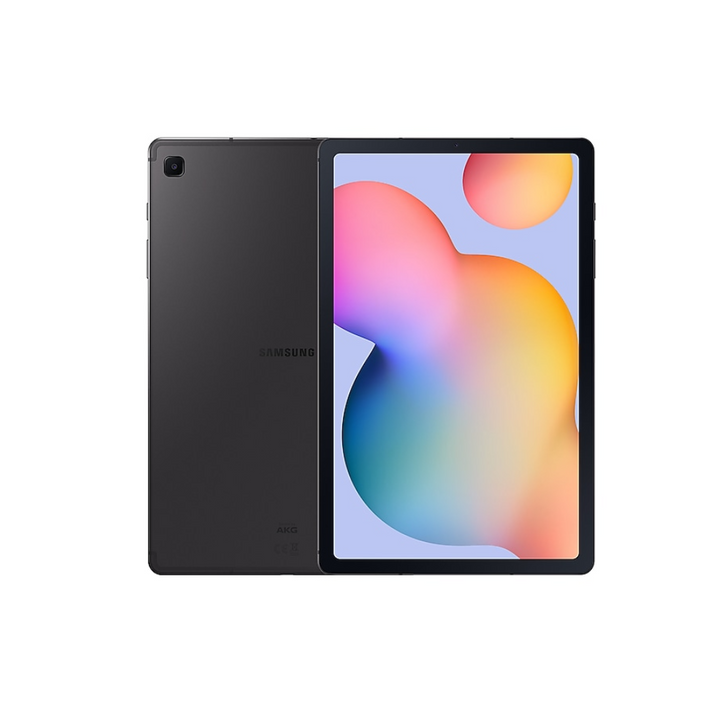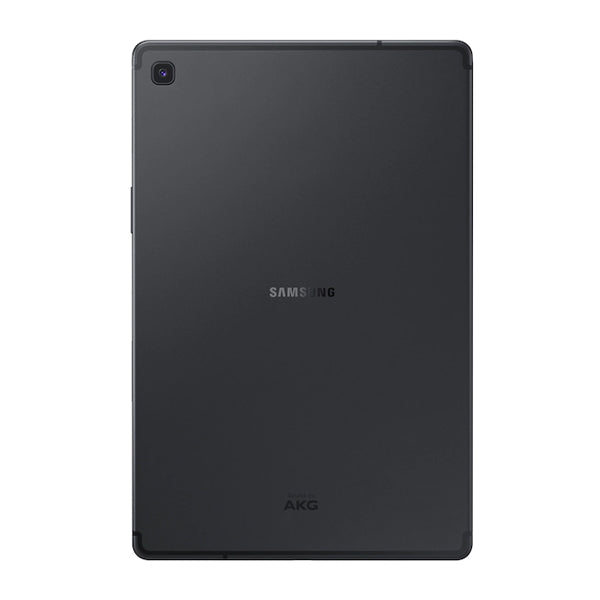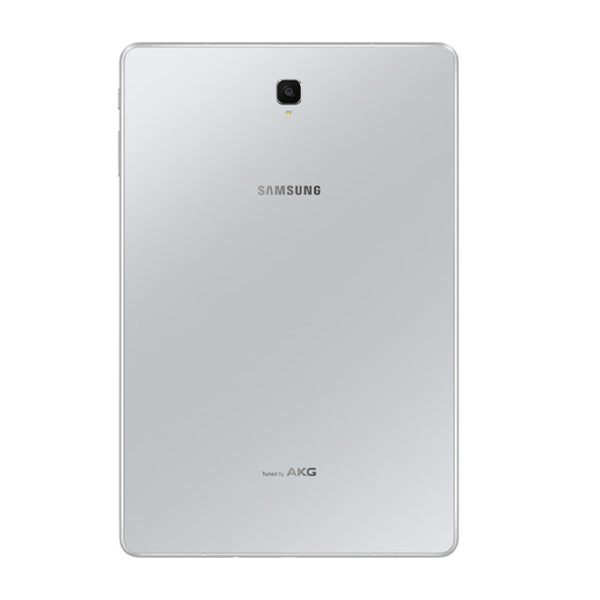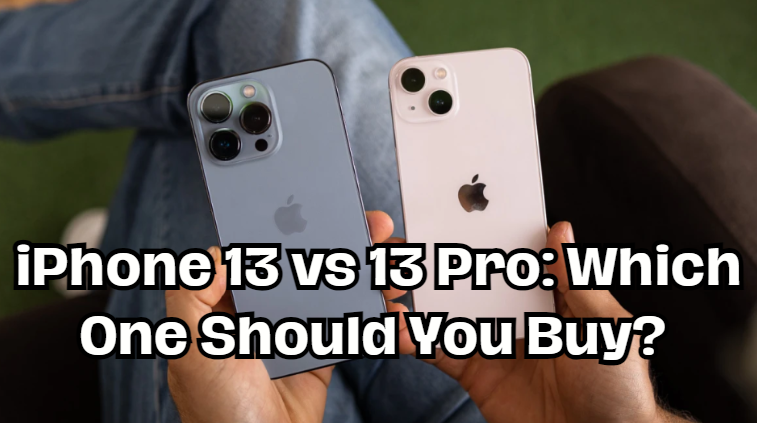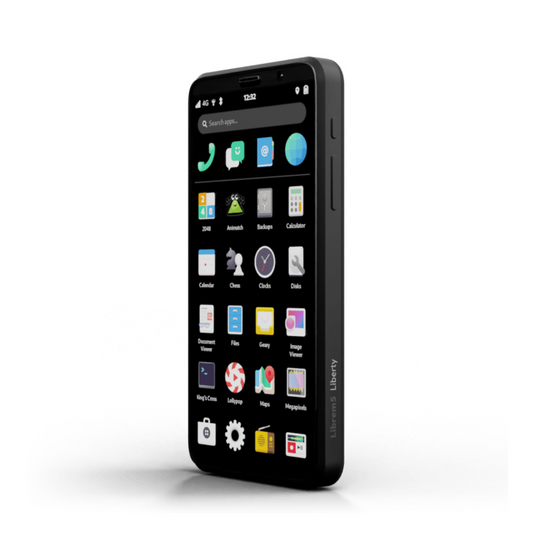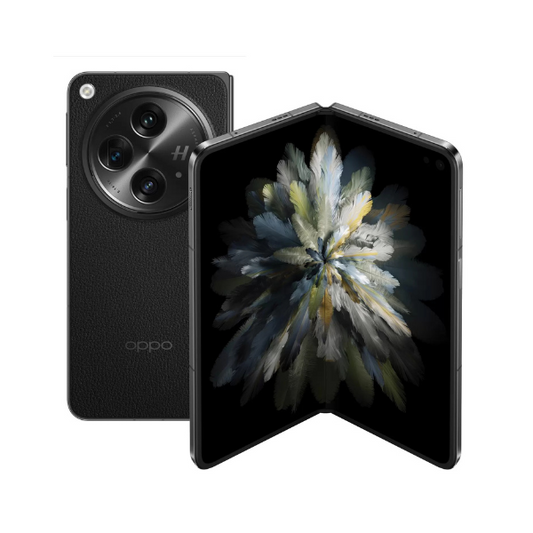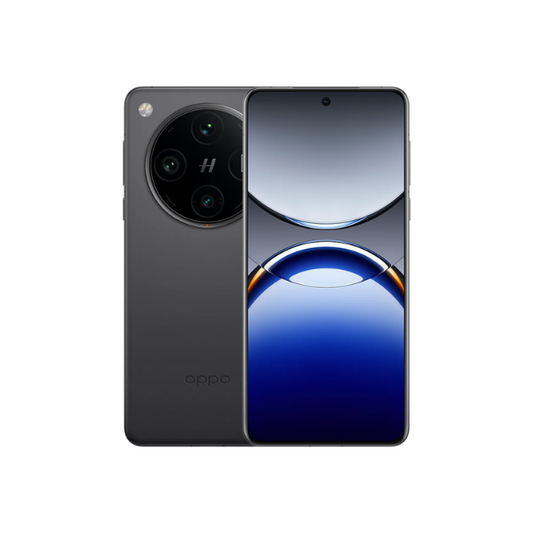Are you someone who is excitedly anticipating the release of the newest iPhone models? Once again, Apple has exceeded expectations by unveiling the highly anticipated iPhone 13 and iPhone 13 Pro in September 2021. These two smartphones have arrived to captivate the hearts of tech enthusiasts with their impressive features, beautiful designs, and attractive color options. The iPhone 13 and iPhone 13 Pro share many similarities while also boasting a few distinct features. The iPhone 13 Pro offers a range of extra features compared to the standard iPhone 13. However, it is crucial to understand the differences between them in order to make a well-informed decision when making a purchase. In this article, we aim to assist you in deciding between the iPhone 13 and the iPhone 13 Pro. Now, let's look into the differences.
Comparison Table of Features of iPhone 13 and iPhone 13 Pro
|
Feature |
||
|
Battery Type |
Li-Ion 3240 mAh |
Li-Ion 3095 mAh |
|
Chipset |
Apple A15 Bionic |
Apple A15 Bionic |
|
CPU |
Hexa-core (2x3.23 GHz Avalanche + 4x1.82 GHz |
Hexa-core (2x3.23 GHz Avalanche + 4x1.82 GHz |
|
Primary Camera |
12 MP, f/1.6, 26mm (wide), 1.7µm, dual pixel PDAF, sensor-shift OIS |
12 MP, f/1.5, 26mm (wide), 1/1.7", 1.9µm, dual pixel PDAF, sensor-shift OIS |
|
Ultrawide Camera |
12 MP, f/2.4, 120˚, 13mm (ultrawide) |
12 MP, f/1.8, 13mm, 120˚ (ultrawide) |
|
Build |
Glass front, glass back (Corning-made glass), aluminum frame |
Glass front, glass back (Corning-made glass), stainless steel frame |
|
Display Size |
6.1 inches |
6.1 inches |
|
Display Type |
Super Retina XDR OLED, HDR10, Dolby Vision, 800 nits (HBM), 1200 nits (peak) |
Super Retina XDR OLED, 120Hz, HDR10, Dolby Vision, 1000 nits (HBM), 1200 nits (peak) |
|
Display Protection |
Ceramic Shield glass |
Ceramic Shield glass |
|
Display Resolution |
1170 x 2532 pixels, 19.5:9 ratio (~460 ppi density) |
1170 x 2532 pixels, 19.5:9 ratio (~460 ppi density) |
|
Selfie Camera |
12 MP, f/2.2, 23mm (wide), 1/3.6" |
12 MP, f/2.2, 23mm (wide), 1/3.6" |
|
LiDAR Scanner |
N/A |
TOF 3D LiDAR scanner (depth/biometrics sensor) |
Check Out: Google Pixel 6 vs. iPhone 13: Comparison Guide 2023
1) Display:
If you're considering buying the iPhone 13 or 13 Pro, then you must consider what makes the display of the iPhone 13 different from the display of its Pro counterpart. Although both phones have several similarities, the iPhone 13 Pro offers notable enhancements to its display that could influence your decision when making a purchase.
Similarities between iPhone 13 and iPhone 13 Pro's Displays
Let's begin by discussing the similarities between the two phones. Both devices feature a 6.1-inch screen size, offering a resolution of 2532 by 1170 pixels at a density of 460 pixels per inch. That implies that both phones possess identical resolution, resulting in sharp and vivid visuals. Furthermore, both iPhones can reach a brightness level of 1200 nits while playing HDR video. The brightness level of your screen is designed to make it easily visible, even in direct sunlight.
Differences between iPhone 13 and iPhone 13 Pro's Displays
Although the iPhone 13 Pro and its sibling share similarities, the former (iPhone 13 Pro) stands out in certain important aspects.
-
Brightness:
The iPhone 13 offers a maximum brightness of 800 nits, providing a vibrant and clear display. On the other hand, the iPhone 13 Pro offers a maximum brightness of up to a thousand nits during regular usage. The screen on the iPhone 13 Pro is noticeably brighter compared to the iPhone 13, which makes it a better choice for use outdoors on sunny days.
-
ProMotion Technology:
A notable distinction between these two phones lies in the presence of ProMotion on the iPhone 13 Pro. This feature enhances your scrolling and app browsing experience by providing an exceptionally smooth display. The new technology allows the screen to switch between a high speed of 120 hertz and a low speed of 10 hertz, resulting in improved power efficiency compared to the previous version. The iPhone 13 Pro boasts an impressive screen that not only offers stunning visuals but also contributes to a longer battery life, ensuring an exceptional user experience.
-
Pulse Width Modulation (PWM):
It is a technology utilized by both the iPhone 13 and iPhone 13 Pro to regulate brightness. However, each device employs this technology in its unique manner. This innovative technology utilizes varying frequencies to regulate brightness, resulting in a flickering display. In the past, some people have experienced discomfort, such as headaches or nausea, while using OLED displays. In recent years, Apple has made significant advancements in its display technology. The PWM rate on both phones is set at a level that makes it extremely difficult to detect. However, the iPhone 13 Pro utilizes an advanced PWM technology that enhances its efficiency, resulting in a slightly more comfortable viewing experience for the eyes compared to the iPhone 13.
Overall, both iPhones have a lot of similar display features, but there are some noticeable differences that you should consider when deciding which one to buy. The screen of the iPhone 13 Pro offers enhanced brightness, smoothness, and efficiency compared to the screen of the iPhone 13. On the other hand, if these enhancements are not of great importance to you or are not necessary for your purposes, then the iPhone 13 should meet your requirements adequately.

Check Out: iPhone 14 Pro vs Pro Max: Which One is Right for You?
2) Build Quality:
The iPhone 13 and iPhone 13 Pro have distinct differences in terms of their build quality. Although both phones possess an elegant appearance and feel, their construction distinguishes them from each other.
A noticeable difference in the quality of construction can be observed through the choice of materials utilized. The iPhone 13 is crafted from aluminum, which makes it feel lightweight and durable. In contrast, the iPhone 13 Pro is constructed with stainless steel, providing a sturdy and long-lasting build. The Pro version of the product has a more high-quality appearance and texture compared to the 13, thanks to the use of stainless steel.
Another important distinction in the construction quality is the positioning of the SIM card trays. The SIM card tray on the iPhone 13 is located on the right side of the phone. Whereas on the iPhone 13 Pro, it has been moved to the bottom. Although it may appear insignificant, this particular aspect contributes to the overall visual appeal and design of both phones.
The iPhone 13 Pro is slightly heavier than previous models because it is made with stainless steel and has larger cameras on the back. The additional weight gives the 13 Pro a more solid feel when held, which some users may find preferable. The iPhone 13 is designed to be lightweight, making it easy to carry around, which is especially convenient for people who are constantly on the move.
In general, both phones have great build quality, and the choice between them ultimately depends on personal preference. Whether you like the lightness of the iPhone 13 or the luxurious feel of the iPhone 13 Pro, both phones have excellent designs that are sure to leave a positive impression.
Check Out: Should You Buy an iPhone 15?
3) Camera
If you enjoy taking photos with your smartphone, consider choosing the iPhone 13 Pro instead of the iPhone 13. The iPhone 13 Pro offers enhanced camera features that can help you capture even better pictures. The iPhone 13 Pro has bigger sensors that allow you to take clearer and more detailed pictures. Moreover, the iPhone 13 Pro model has a higher optical zoom capability compared to the regular iPhone 13. With 6x optical zoom, you can capture beautiful and detailed photos of faraway subjects with enhanced clarity and accuracy.
Furthermore, when zooming in at 2x, the iPhone 13 utilizes both optical and digital zoom techniques. On the other hand, the iPhone 13 Pro employs a larger sensor, resulting in enhanced image quality. This feature can greatly enhance the quality of your photos when taking pictures in dim lighting.
Macro Mode and Raw Photos on iPhone 13 Pro
If you like taking detailed photos, you'll be excited to learn that the iPhone 13 Pro has a special mode called macro mode. This mode automatically activates when you get close to an object, allowing you to capture up-close shots with ease. This feature allows you to capture even the tiniest details of the object with incredible accuracy and clearness. Additionally, the iPhone 13 Pro, similar to the iPhone 12 Pro, offers the ability to save photos in raw format. That allows you to make important edits to your pictures once they have been captured.
LiDAR and Autofocus
The iPhone 13 Pro also has a special sensor called LiDAR, which helps improve the focus of your photos and enhances your experience when using augmented reality apps. The LiDAR sensor allows you to create detailed 3D scans of rooms and objects, providing enhanced precision and accuracy. This feature is very helpful for users who make 3D models or require precise measurements of the objects they are capturing.
Lastly, if you want a smartphone that takes really amazing photos with lots of detail and accuracy, the iPhone 13 Pro is a great choice. However, if you're not a professional photographer and don't require extra features such as ProRes, raw photo capability, macro mode, and LiDAR sensor, the iPhone 13 will meet your needs perfectly well. In the end, the decision of which smartphone to choose depends on how you plan to use it and what you need from it. Both models have fantastic features that are designed to meet the needs of different groups of people.
4) iPhone 13 Case Compatibility
When considering the compatibility of iPhone 13 cases, buyers need to be aware of a significant distinguishing factor. In contrast to the previous models from last year, the 12 and 12 Pro could use the same cases. However, with the new 13 and 13 Pro, there is a difference in the sizes of their camera bumps, which means that specific cases will be needed for each model.
The camera bumps on the Pro models have been made larger to match the camera module found on the 13 Pro Max. That implies that the cases designed for previous iPhone models will not fit the iPhone 13 Pro and Pro Max. Instead, you will require new cases that are specifically designed to fit the new sizes of the cameras.
Certain older iPhone cases may partially fit these new iPhone models, but they may obstruct the camera or flash. That can affect the overall appearance of your photos and videos. It is recommended to choose a case that has been specifically made for the iPhone 13 and 13 Pro to ensure that it fits perfectly.

Check Out: iPhone 13 vs. 14: Which one is better in 2023?
5) Battery:
The iPhone 13 and iPhone 13 Pro have become popular smartphones due to their exciting new features and technological improvements. Although these two things have a lot in common, another thing that makes them different is how well their batteries work. In this blog post, we will explore an important aspect and talk about the main distinctions in battery life between the iPhone 13 and iPhone 13 Pro.
Battery Capacity
The iPhone 13 comes with a battery capacity of 3227 milliamp-hours, while the iPhone 13 Pro has a slightly smaller battery capacity of 3095 milliamp-hours. Even though the iPhone 13 Pro has a smaller battery, it still offers improved battery life. How can this be achieved? The answer lies in the efficiency of the display. The iPhone 13 Pro features a versatile ProMotion display that can automatically change its refresh rate, ranging from 10 hertz to 120 hertz. That not only helps conserve energy but also provides a more seamless user experience.
Battery Performance:
When it comes to battery performance, the iPhone 13 can stay powered for approximately 19 hours when watching videos, while the iPhone 13 Pro can last for about 22 hours. However, when using something in real life, there are many things to consider – like how many apps are open and how bright the screen is. Typically, users can enjoy a screen time of around seven to eight hours with the iPhone 13 Pro and six to seven hours with the iPhone 13.
The latest iPhone 13 Pro now includes the exciting capability to record ProRes videos. Although it offers great benefits for people in creative fields, there is a downside to consider: it uses up a lot of battery power. If you're someone who creates content and uses your iPhone to record ProRes videos frequently, it's important to be prepared and have a charger with you wherever you go.
If you want a smartphone that can stay powered up for a longer time without needing to charge frequently, and you don't need the ability to record videos in ProRes format, then the iPhone 13 might be the perfect choice for you. In contrast, the iPhone 13 Pro offers additional features and is well-suited for professional use. When making a decision, it's important to consider the battery life and how you plan to use it.



